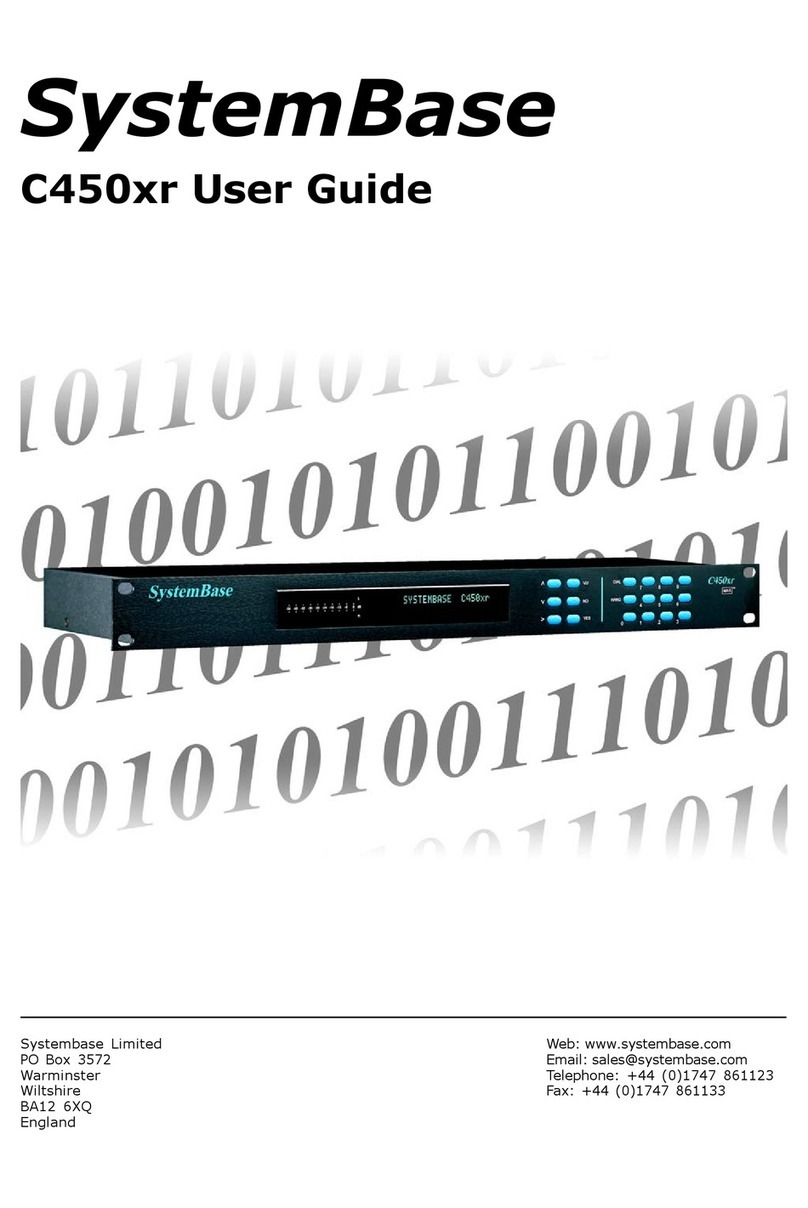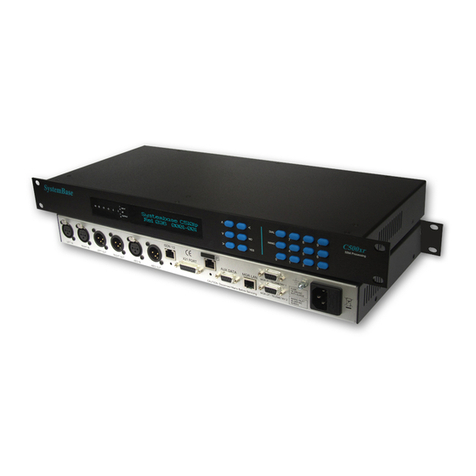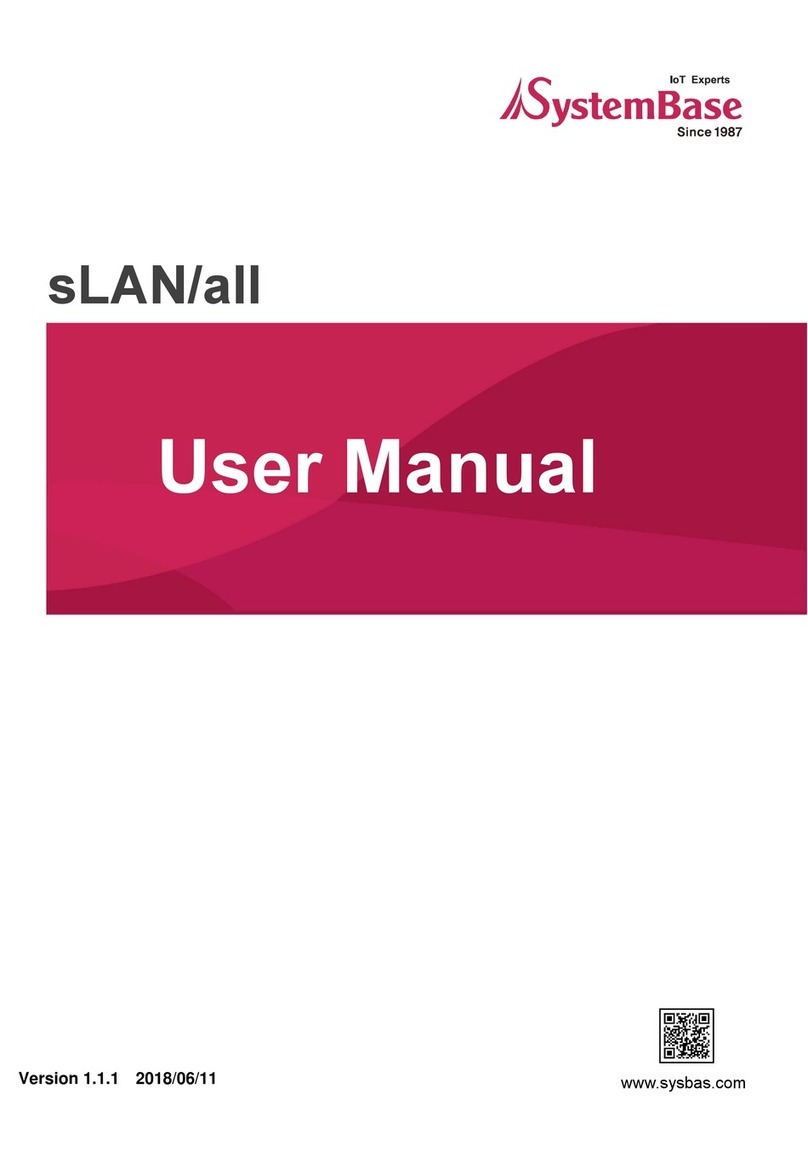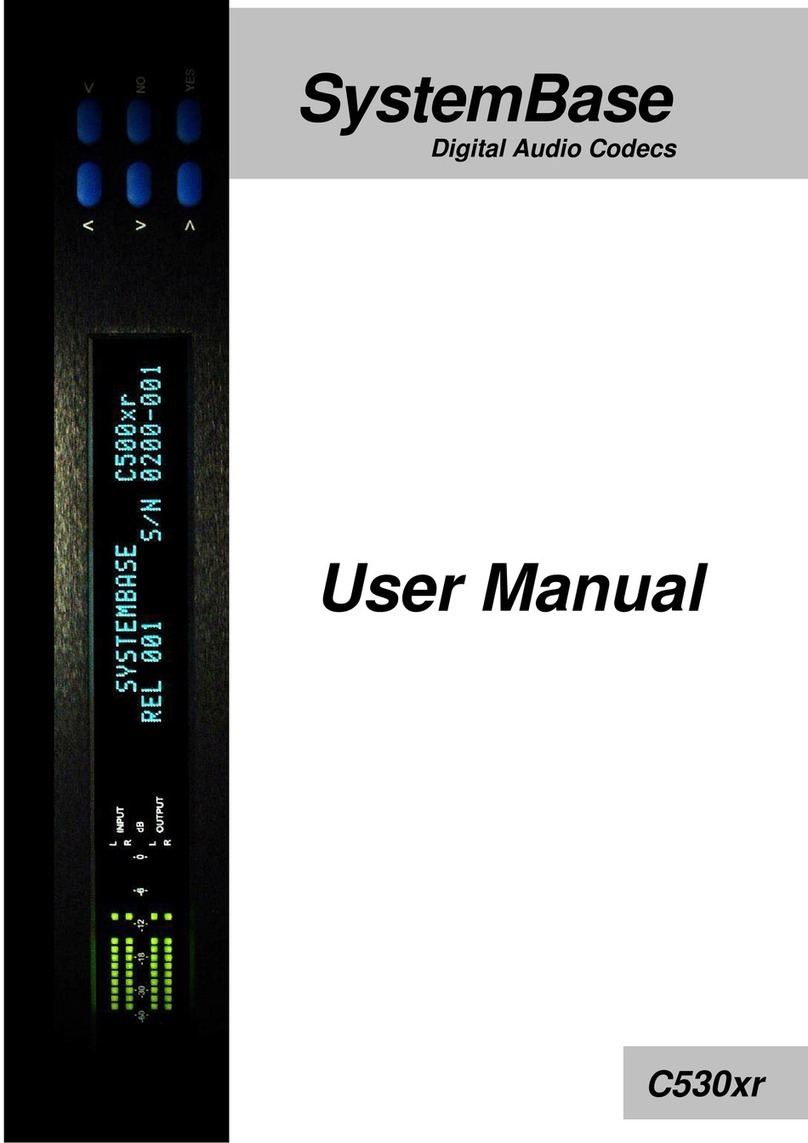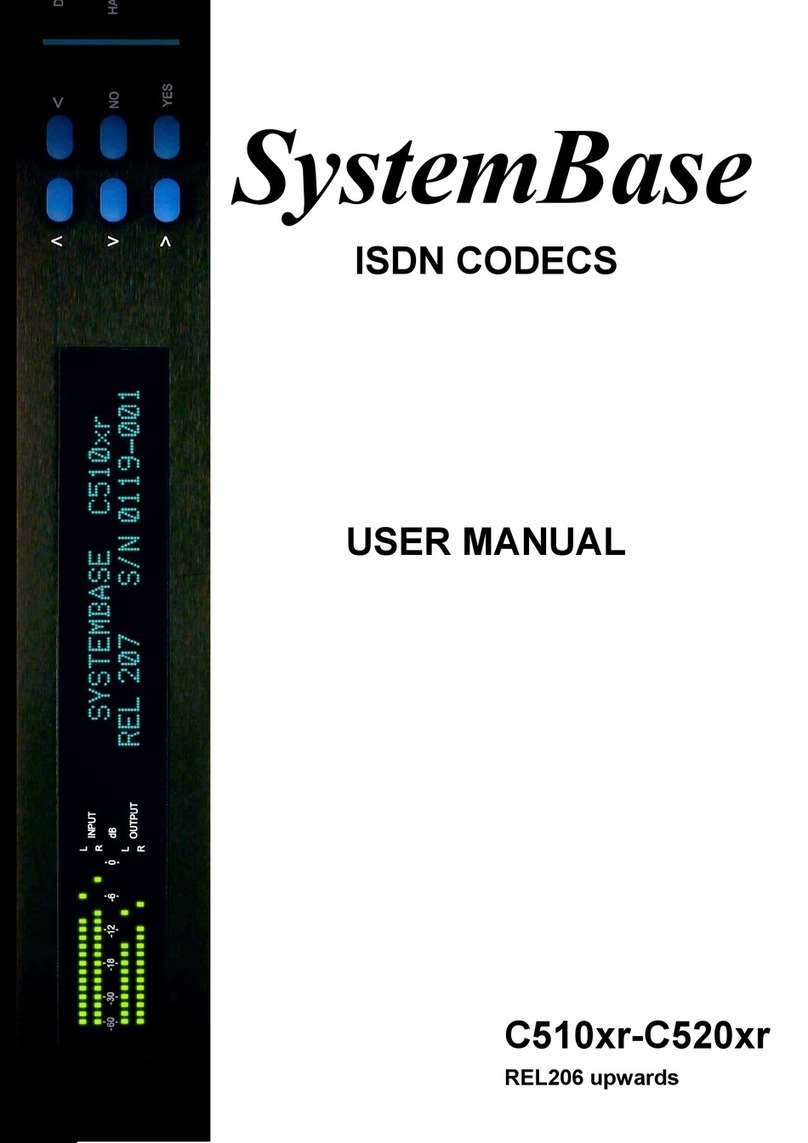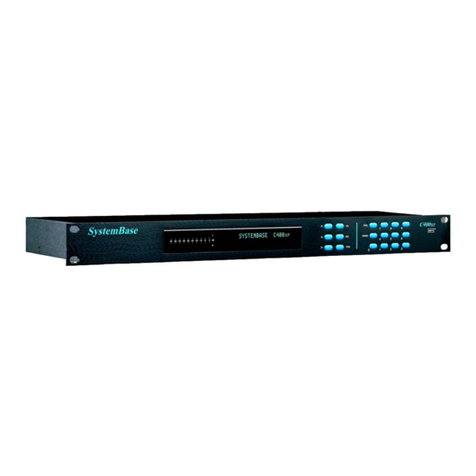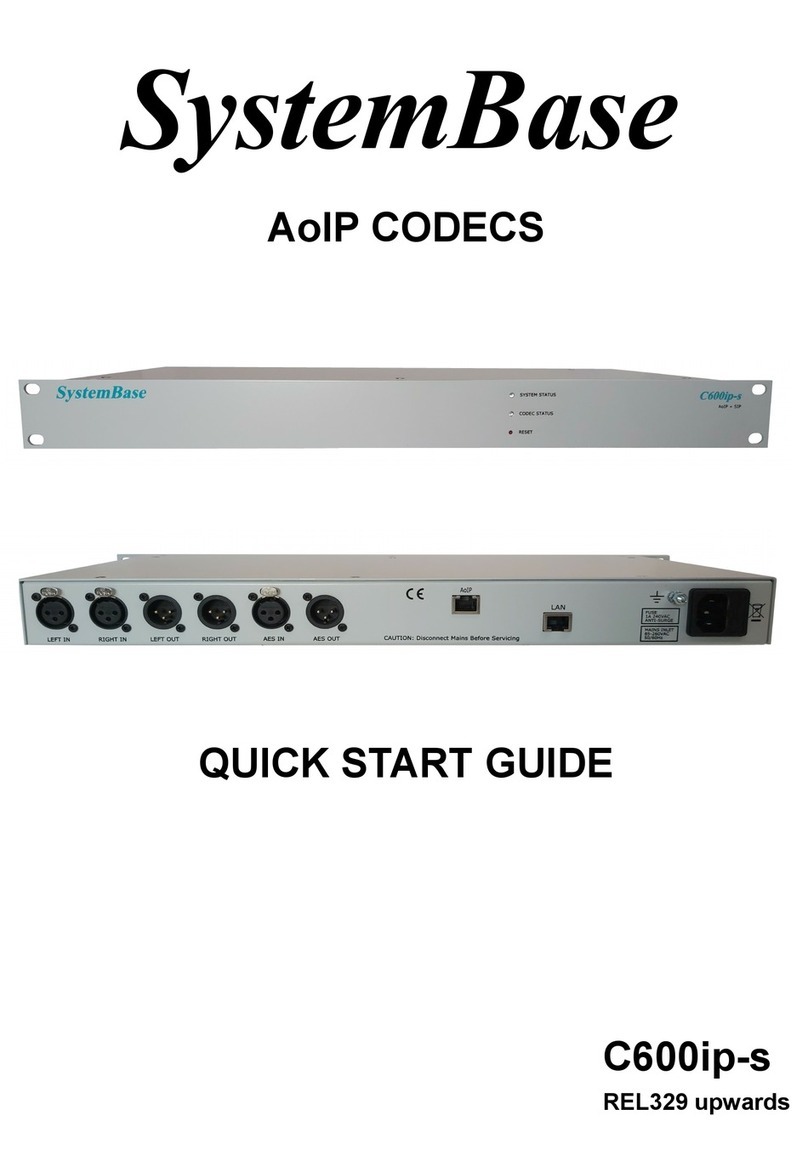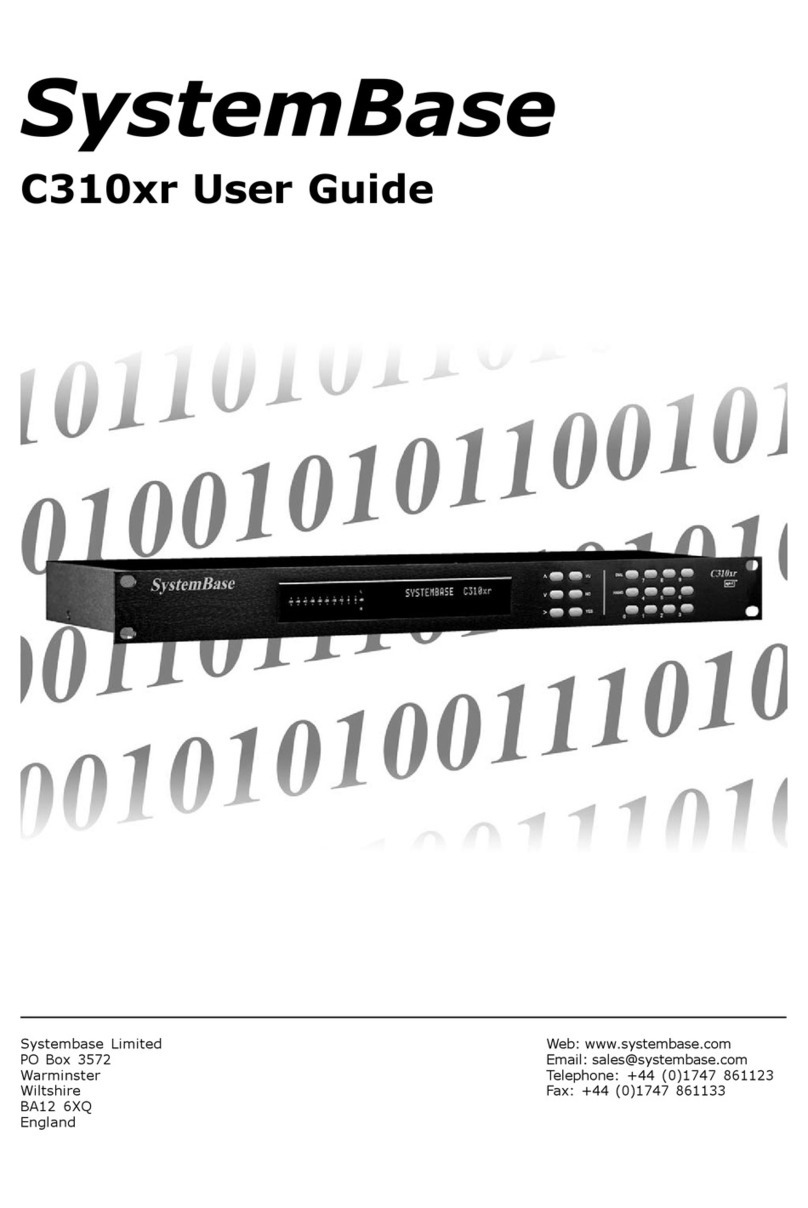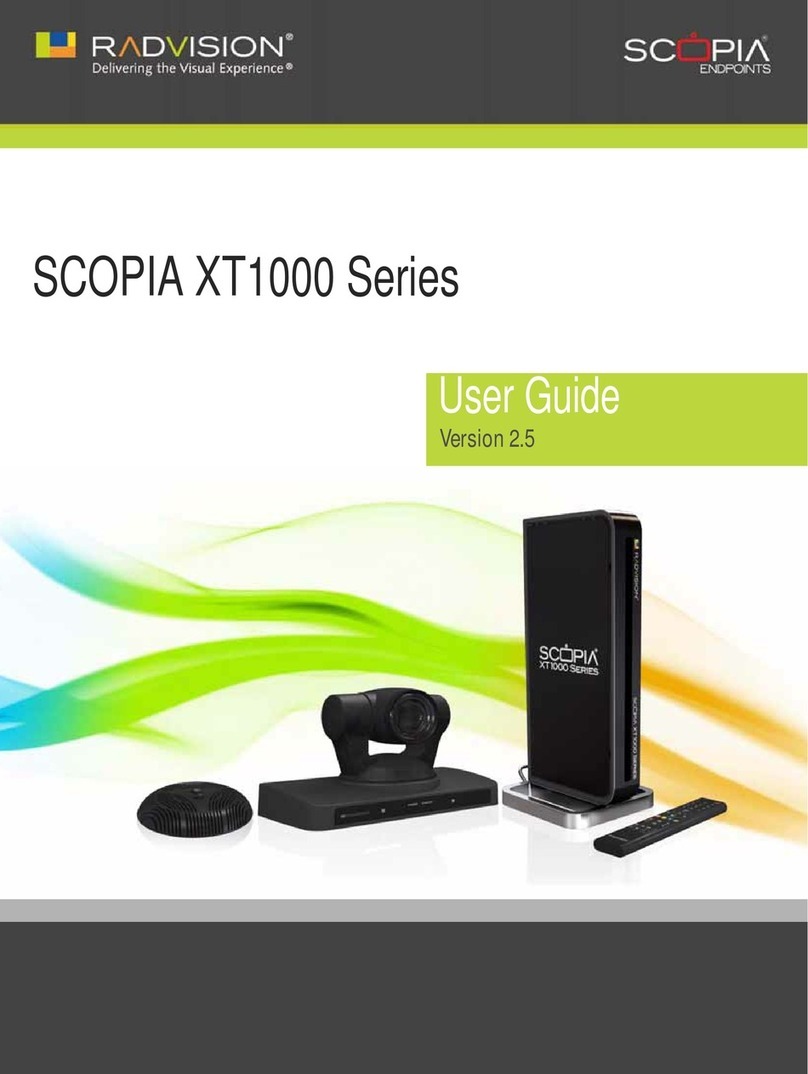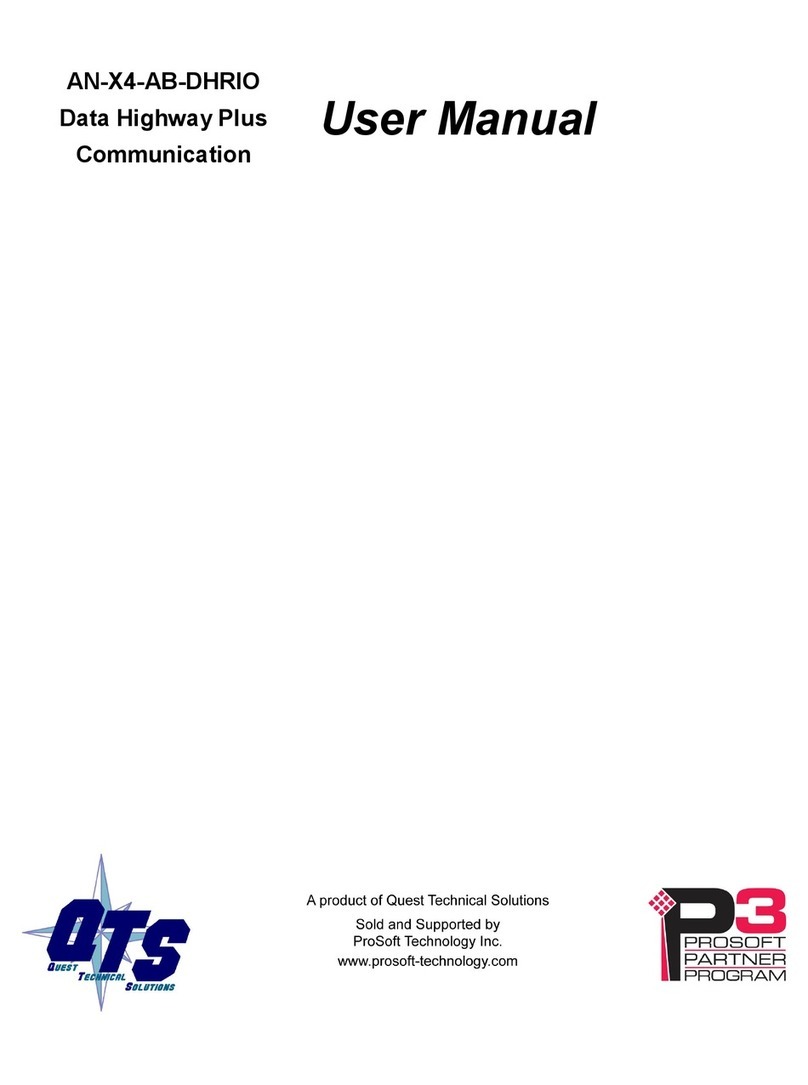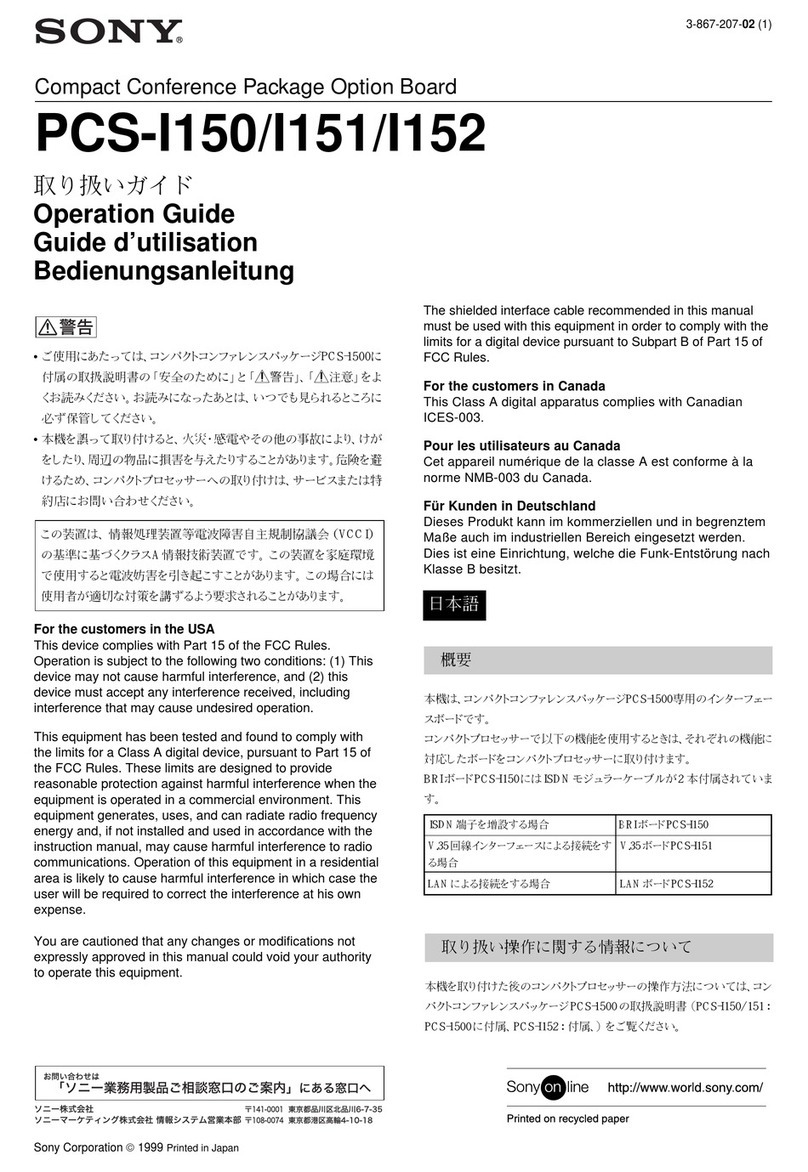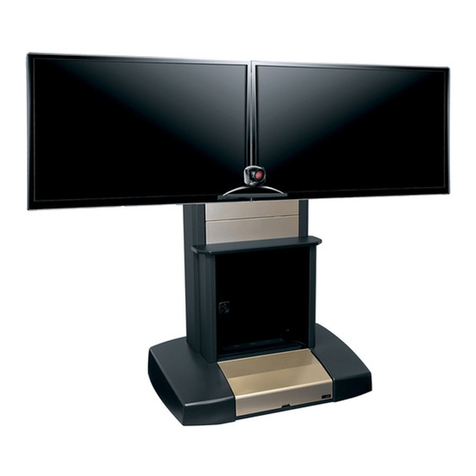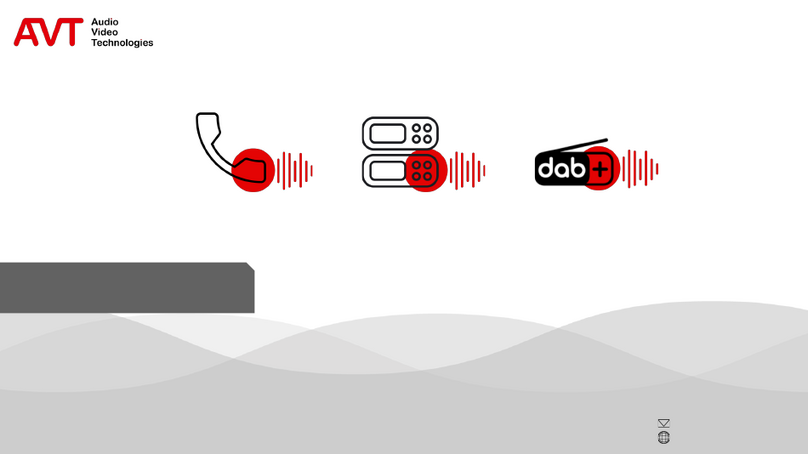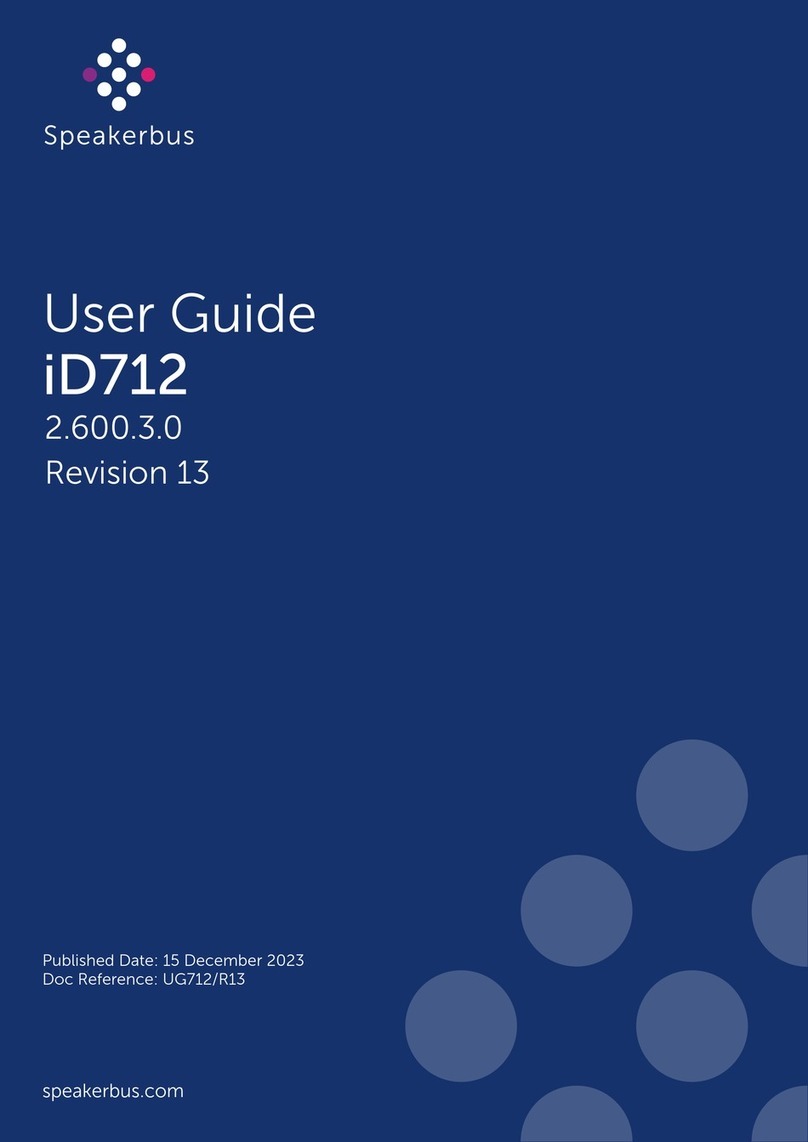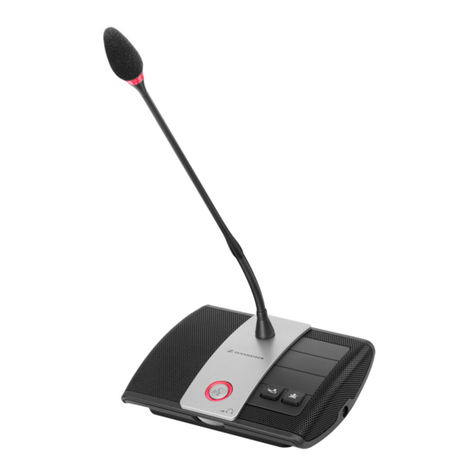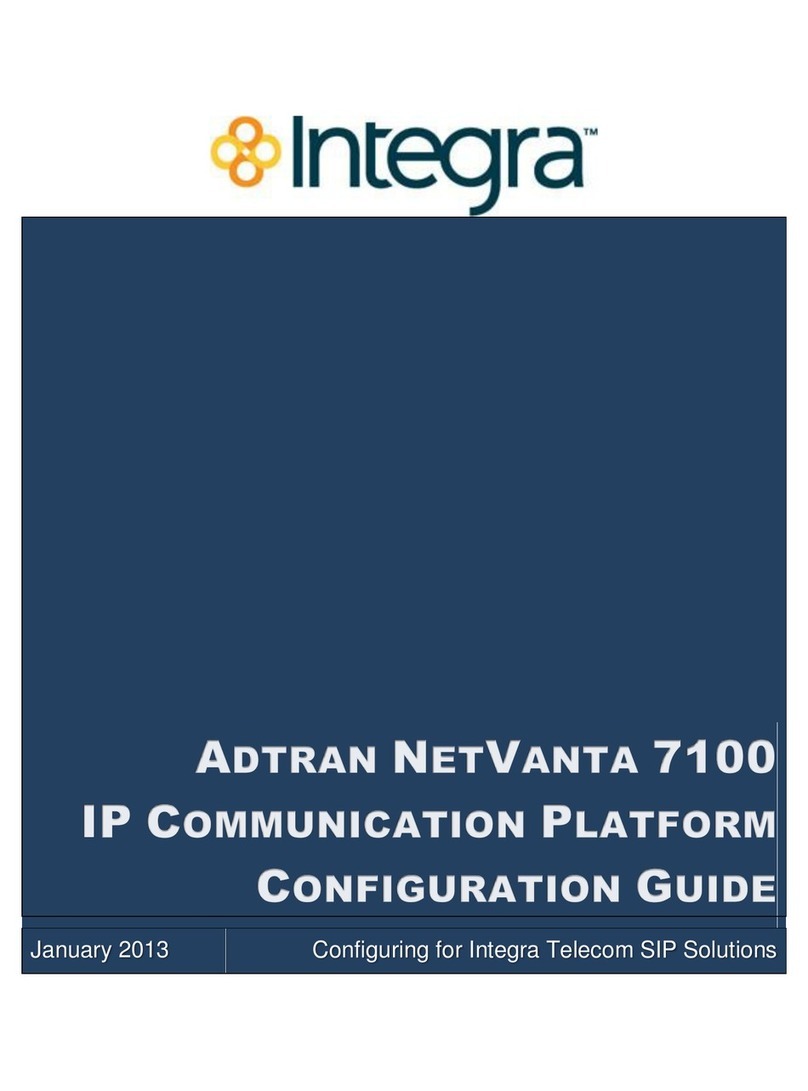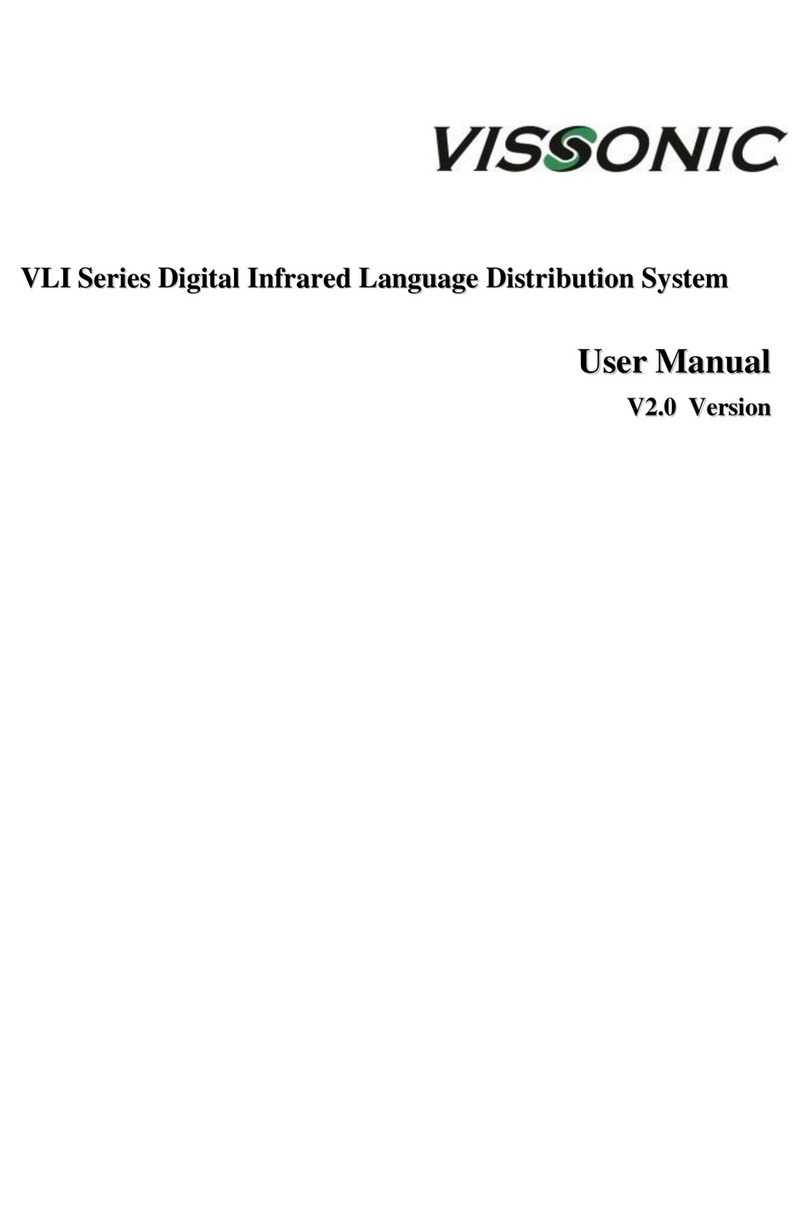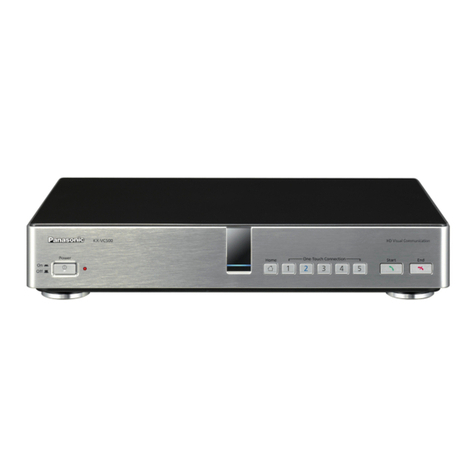
Page 2
Table o Contents
INTRODUCTION.........................................................3
Key Features.............................................3
INSTALLATION..........................................................4
CONNECTIONS..........................................................4
CONTROLS AND INDICATORS................................4
VFD Display .............................................4
VU Meters.................................................4
Menu Buttons............................................4
DIAL Button ..............................................4
Keypad Dial...............................................4
FRONT & REAR PANELS..........................................6
MENU MAP.................................................................7
IP MENU MAP............................................................8
MENU SYSTEM..........................................................9
Unit Description / Title...............................9
I DN tatus..............................................9
I DN Caller Identification..........................9
Clearing Cause.........................................9
IP Link tatus............................................9
Audio tatus..............................................9
elect Patch............................................10
Modify Patch...........................................10
Patc h Na me.......................................1 0
ISDN Optio n s....................................1 0
ISDN Audio Op tio n s .................1 0
ISDN Audio Format...................10
Audio Mixing.............................10
Audio Priority.............................11
Auto unt...................................11
G711 Receive..............................11
ISDN C h a n nel 1 to 4 Op tio n s 11
ISDN Remote Address................11
ISDN Remote Sub-Address........11
ISDN Local Sub-Address...........11
ISDN MSN.................................12
IP Op tion s ..........................................1 2
IP Remo te Optio n s ....................1 2
IP Link 1..6 Options...................12
IP Link 1 Address............12
IP Link 1 Algorithm........12
IP Link 1 Format.............13
IP Link 1 Sample Rate....13
IP Link 1 Mode...............13
IP Link 1 FEC.................13
IP Link 1 AutoCon..........13
IP Local Optio n s .........................1 3
IP Local Name............................13
IP Local Address.........................13
IP Local Mask.............................13
IP Local Gateway.......................14
IP Port.........................................14
IP Auto Buffer.............................14
IP Buffer Length.........................14
IP Group ID................................14
IP D CP.....................................14
IP Ethernet Mode........................14
IP Packet Size.............................14
SIP Remote Port.........................15
SIP Local Port.............................15
SIP Audio Port............................15
SIP Public IP...............................15
X21 Audio................................................15
Backup Options.......................................15
Bac k u p Monitor...............................1 5
Bac k u p Thre s hold...........................15
Restore Time.....................................1 5
Reserve Dial......................................1 5
Audio ource...........................................16
Codec Function.......................................16
ISDN Mode.........................................16
X21 Mode...........................................1 6
Bac k u p Ma ster / Slave.................1 6
Bac k u p Ma ster X21->IP / Slave
X21->IP...............................................16
Bac k u p Ma ster IP->ISDN / Sl ave
IP->ISDN............................................1 6
Nailed ISDN.......................................1 6
Auxiliary Da t a Port.........................1 7
Alarm.......................................................17
Headroom...............................................17
ystem Options.......................................17
Country Options......................................17
I DN Network.........................................17
ISDN SPID C 1 to 4 .......................1 7
Password................................................17
Loopback.................................................18
NMP......................................................18
Ethernet Options.....................................18
Et her ne t D CP................................1 8
IP Addre ss ..........................................1 8
Et h er n et Mask ..................................18
Et her ne t G ateway...........................1 8
..............................................................18
et Defaults.............................................18
creen aver..........................................18
Email Alert Messages.............................19
E m ail Timi ng....................................1 9
SIP.............................................................................19
Local Co n n ection s ...........................1 9
SIP Server..........................................1 9
SIP Tr u n k Provider.........................1 9
SIP Registr a tio n...............................1 9
WEB SERVER..........................................................20
EASYMON NETWORK MONITOR...........................21
REMOTE MANAGEMENT........................................22
PHYSICAL CONNECTIONS.....................................23
Analogue Audio.......................................23
Digital Audio............................................23
LAN Port..................................................23
IP Port (I DN 3-4)...................................23
I DN Ports..............................................23
X.21 Port.................................................24
Manager Input Port.................................24
Manager Output Port..............................24
Auxiliary Data Port..................................24
Re mo te Trigger.................................25
Alar m Sign al.....................................2 5
PHYSICAL PROPERTIES........................................25
Dimensions.............................................25
Power Requirements..............................25
Environmental Conditions.......................25
WARRANTY INFORMATION .................................25
CE COMPLIANCE ...................................................25
EXPORT REGULATIONS (EAR) ............................25
